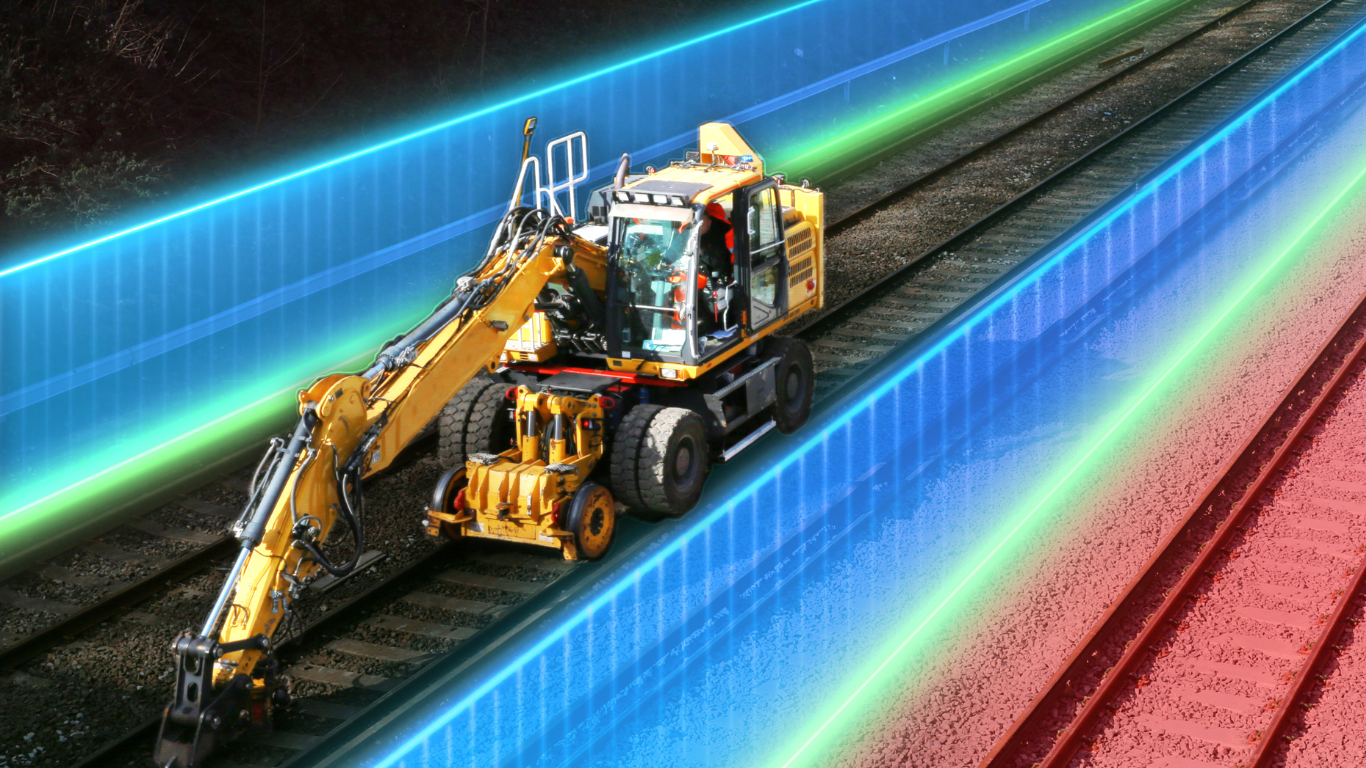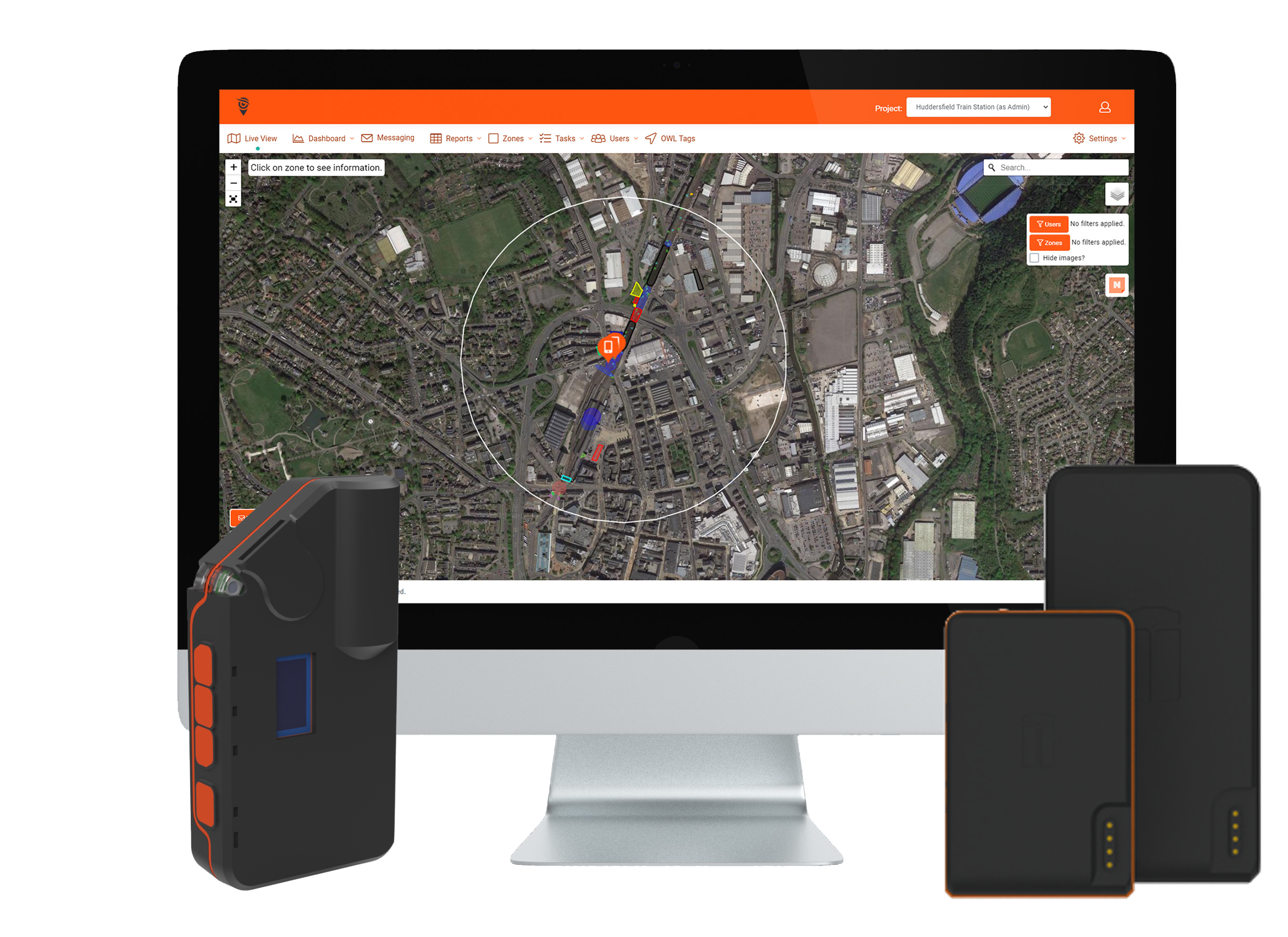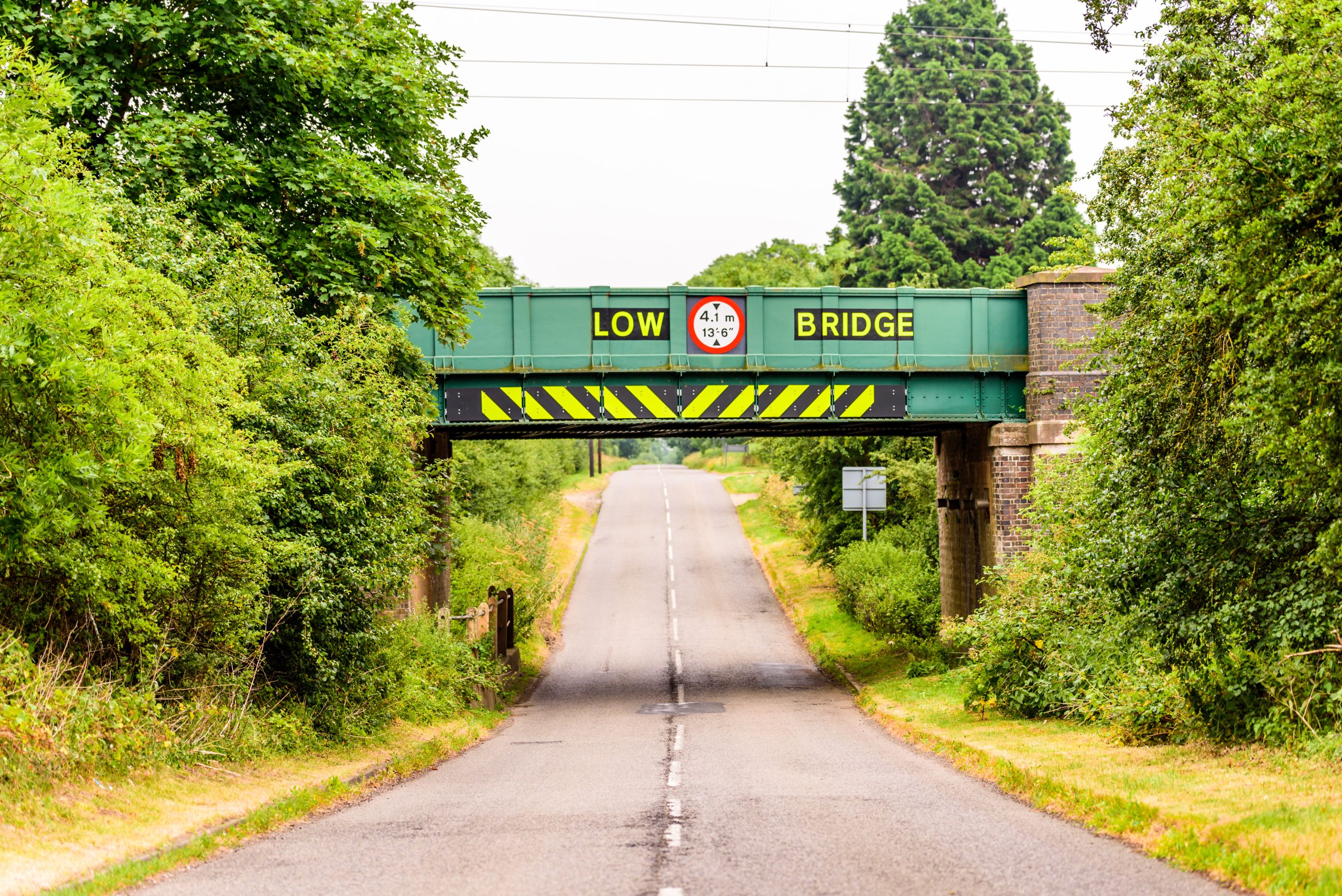As the construction industry in the UK continues to evolve, there is a growing need for technology to support the use of Connected Autonomous Plant (CAP) to continue revolutionising construction safety and productivity.
CAP refers to construction machinery that can operate independently without human intervention or be operated remotely. Equipped with sensors, GPS, and other advanced technologies, CAP has the potential to improve construction efficiency, reduce the risk of accidents and injuries, and lower labour costs.
What is CAP?
Connected Autonomous Plant, also known as self-driving plant or autonomous construction equipment, refers to construction machinery that is capable of being operated from a remote location or of operating independently without the need for human intervention. This can include a wide range of equipment, such as bulldozers, excavators, compactors/rollers, and more.
CAP Benefits
Most construction projects operate around three core objectives: enhancing safety, delivering projects efficiently and reducing carbon. Utilising technology in construction projects has the potential to positively impact all three objectives.
Supercharging Safety
Construction sites pose a significant risk to workers, with serious and sometimes fatal injuries resulting from incidents involving construction plant. By reducing the presence of workers in hazardous situations, we can save lives and improve overall well-being. Although technology to improve safety is available, it is not yet widely used on construction sites.
Less serious accidents including slips, trips and falls are also higher amongst plant operators, with 2000+ recorded accidents in 2008 mostly from ingress/egress to the vehicle (Source)
Powering-up Productivity
UK construction is known to have made limited productivity gains over the last 40 years projects are often digitally remote, meaning there have been significant barriers to “digital transformation” in the sector.
Improving productivity in the construction industry remains a challenge. It still lags behind other industries like mining, agriculture, retail and manufacturing that have seen significant improvements through better processes and technology and where they have already made progress towards automation
Reducing Carbon
In addition to the safety and productivity benefits, technology and autonomy can ensure projects are delivered on time and on budget, can contribute to ESG goals such as CO2 emission reduction. CAP will also deliver in terms of Social Value and key areas such as diversity and employment targets.
Construction is set to be the next industry to adopt and integrate autonomous technology from the design phase onward to deliver projects safely, efficiently, on time and up to standard.
What is Needed to Run Autonomous Plant?
There are several elements that are needed to run autonomous plant equipment on a construction site
- Initial Requirements
- Bandwidth
- Sensors
- Technology
- Ubiquitous Connectivity
- Sensors and advanced technologies
Autonomous plant equipment typically relies on sensors and other advanced technologies, such as GPS, lidar, and machine learning algorithms, to navigate and perform tasks on a construction site. These technologies enable the equipment to sense and understand its surroundings and make decisions based on that information in real-time.
Communication systems:
Autonomous plant equipment requires a reliable communication system to receive instructions, transmit and report on data, and communicate with other equipment and personnel on the construction site. This may include wireless networks, satellite systems, or other communication technologies.
Maintenance and repair:
All equipment requires regular maintenance and repair to ensure that it is operating at its best and CAP is no exception However, other industries that have adopted the technology have found that autonomous vehicles require much less maintenance as they are driven more precisely for a specific task and can be tweaked to optimise for gear changes, timing and speed, even differing weather conditions.
Training and support:
It is important for operators and maintenance personnel to have the necessary training and support to effectively use and maintain autonomous plant equipment. This may include training on how to operate the equipment, troubleshoot problems, and perform maintenance tasks.
Autonomous Plant Project Planning
Onwave has been involved in discussions across a diverse stakeholder base, from equipment manufacturers to clients and government agencies concerning the rollout of connected autonomous plant projects. From this, we have learned that when planning your project, there are five key steps that take place.
Quantify Communications Requirements:
The first stage of the process is to assess the overall connectivity specification demand for each site/project, regarding the CAP assets in place (or desired) and then the bandwidth and latency requirements plus all other associated failover and resilience requirements.
Review Capability:
In addition to the more technical aspects of the requirement, a capability review of other supporting stakeholders such as IT and Operations staff should take place, to assess the requirement for managing and monitoring these innovations.
Create A Connectivity Strategy:
Once the assessment and audit are calculated and complete, the connectivity requirements can be determined and hardware, software and service specifications can be finalised.
Roll out parallel failsafe comms technology:
The next stage is to create the connectivity infrastructure to support the new CAP machinery and supporting sensors/assets.
Retrofit existing plant:
Finally, when the connectivity platform is in place, the existing plant can be retrofitted with the CAP technology to connect and control the machinery, as new autonomous plant is currently on long lead times from all manufacturers as they gear up production.
Ready for the Revolution?
Connected Autonomous Plant (CAP) has the potential to revolutionise the construction industry by improving safety, enhancing productivity, and contributing to ESG goals.
However, the adoption of CAP requires careful planning and coordination, including the implementation of advanced technologies such as sensors, AI, and IoT, as well as the creation of a reliable communication system and the provision of adequate training and support for personnel.
If you’re interested in exploring the benefits of Connected Autonomous Plant for your construction projects, don’t hesitate to contact us at Onwave. Our team of experts can help you assess your connectivity requirements and create a connectivity strategy to support your CAP ambitions. Let us help you improve safety, enhance productivity, and achieve your ESG goals through the use of advanced technologies.






